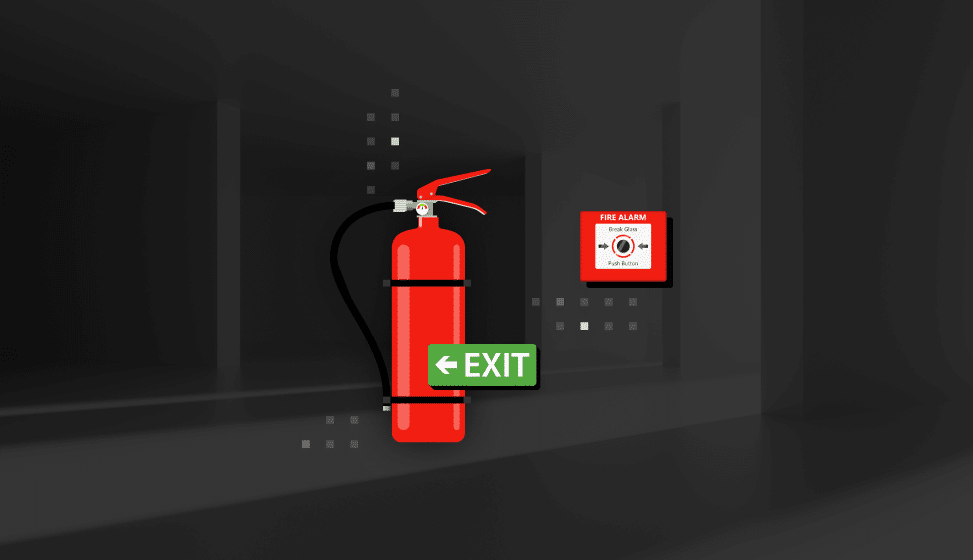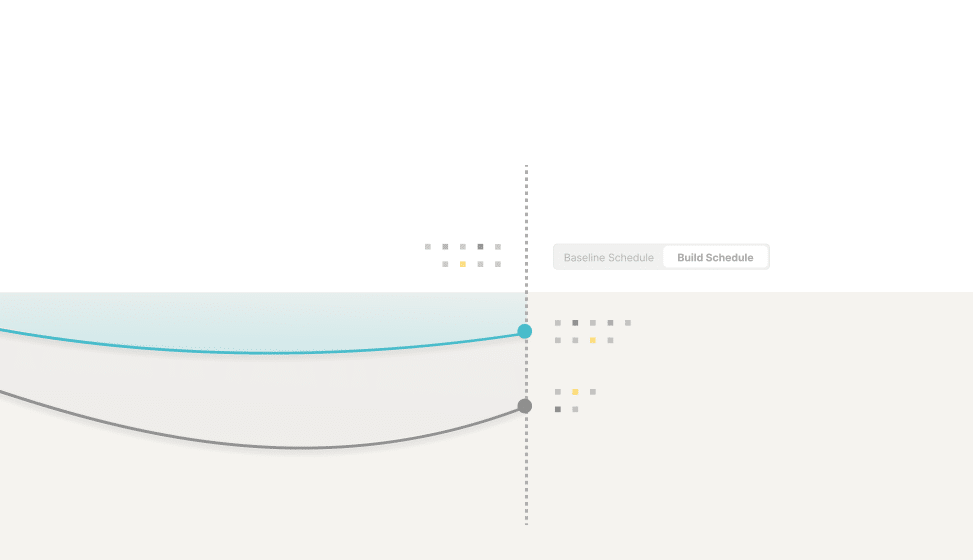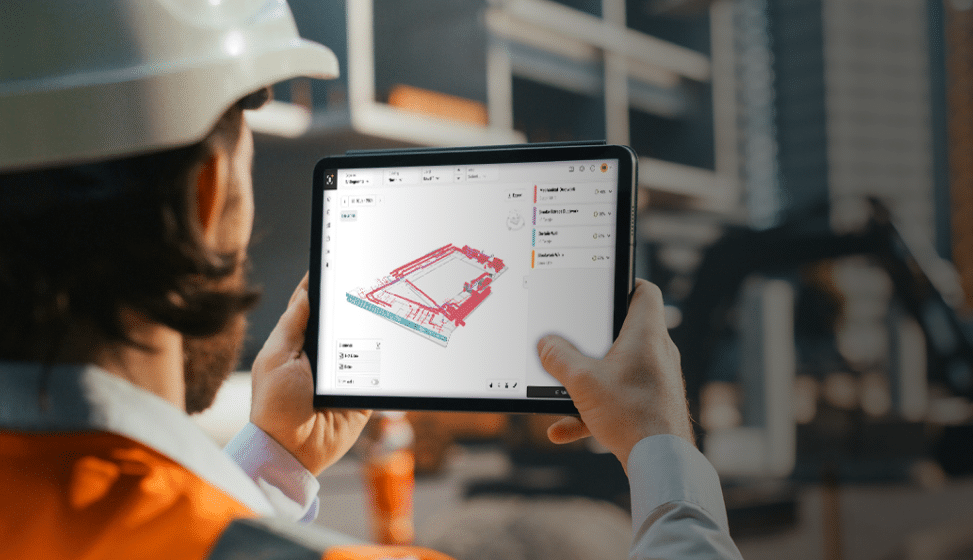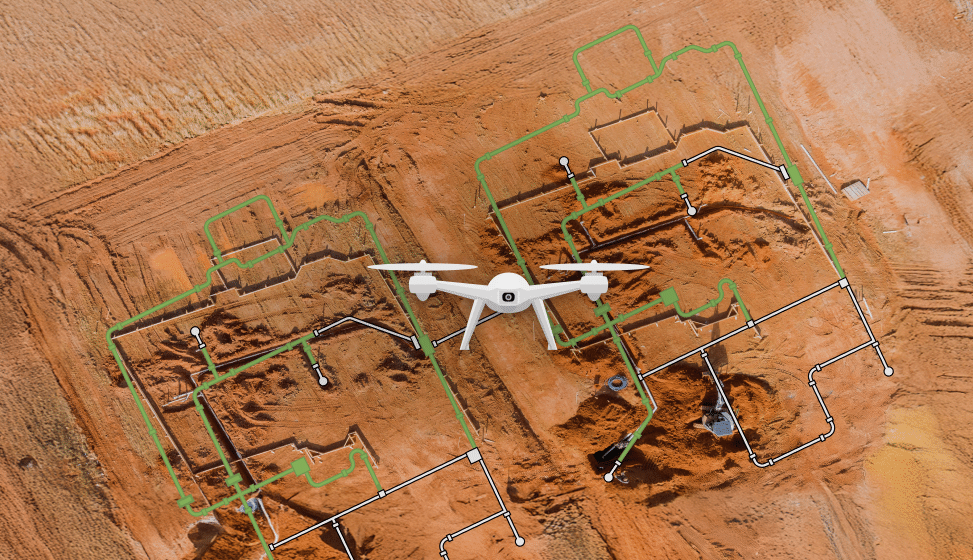Fire safety in construction: Supporting compliance with the right systems

Fire safety in construction has always been a high-stakes issue. In the wake of the Grenfell Tower tragedy, the UK construction industry faced a stark reckoning. The response: the Building Safety Act 2022 – a sweeping legislative framework designed to overhaul how we think about fire safety in construction.
These changes have directly impacted fire protection installations, as building owners must now ensure that fire protection systems are correctly installed, maintained, and tested. The Act has also increased the focus on building safety, leading to more rigorous inspections and enforcement.
Unintended consequences
But there have also been unintended consequences. When we analyse Buildots' proprietary data, we see an interesting trend in UK projects revealing much about the Building Safety Act's real-world impact. Firstly, UK projects generate more fire protection “loose ends” than any other region we analysed. And secondly, on average, the UK delivers only 80% of its planned pace for fire protection tasks – significantly lower than benchmarks elsewhere.

This isn't due to a lack of effort or expertise. It's a symptom of growing pains. The industry is adapting to a new normal, but many project teams haven't yet aligned their planning and execution processes to fully meet these new standards.
How technology can help
Adjusting to the demands of the Building Safety Act 2022 means taking full advantage of tools that help project teams capture, track, and present the information that regulators demand and that safety requires.
At the heart of the Act is a powerful concept: the golden thread of information. This isn't just a bureaucratic requirement. It's a call for construction professionals to deliver, document, and maintain a continuous chain of accurate, accessible data throughout a building's lifecycle.
An AI progress tracking platform like Buildots can play a crucial role here. Larger installations, such as fire doors and ceiling barriers, are typically captured during the standard weekly or bi-weekly scanning routines. These are substantial elements that are likely to be recorded without additional input.
However, hidden or transient works, such as fire stopping within walls or above ceilings, may be completed and then concealed between routine captures. Similarly, commissioning activities, such as testing smoke alarms or sprinkler systems, cannot be visually tracked by
automated capture.
That’s where Buildots’ Integrated Tracking comes in.
Integrated Tracking merges the power of AI-driven tracking with on-the-ground input from site teams. It allows project leaders to:
- Monitor the progress of fire-critical tasks such as fire door installation, compartmentation, and sprinkler commissioning.
- Attach photo evidence and certifications directly to specific activities using a mobile app.
- Build a complete, auditable digital record of fire safety compliance.
It bridges the gap between the physical work on site and the digital record that needs to be handed over. And importantly, it gives construction teams the tools to stay ahead of issues rather than scrambling to fix them retrospectively. This isn't about replacing expertise on site – it's about supporting that expertise with tools that make the invisible visible, and the forgotten unforgettable.
Building confidence, ensuring compliance
The Building Safety Act 2022 has raised the bar for everyone involved in delivering safe buildings. And rightly so. The fire safety conversation in construction is no longer just about design or product selection. It’s about the delivery process. From fire door installations and smoke alarm commissioning to sprinkler testing and fire-stopping works, the pressure on Main Contractors (MCs) to track and verify safety-critical activities has never been higher. Not to mention the legal responsibility of owners to ensure their MC is compliant – an enormous undertaking and one that cannot be offloaded. Non-compliance isn't just risky – it's a legal liability.
By using tools like Buildots' Integrated Tracking, project teams gain clarity, can demonstrate compliance, spot bottlenecks early, and make informed decisions backed by objective data.
Ultimately, improving fire safety is about creating environments people can trust. And that starts with transparency, accountability, and the right systems to support them.
If you'd like to explore how Integrated Tracking could support you and your team, we'd love to show you how it works. Book a demo >>



